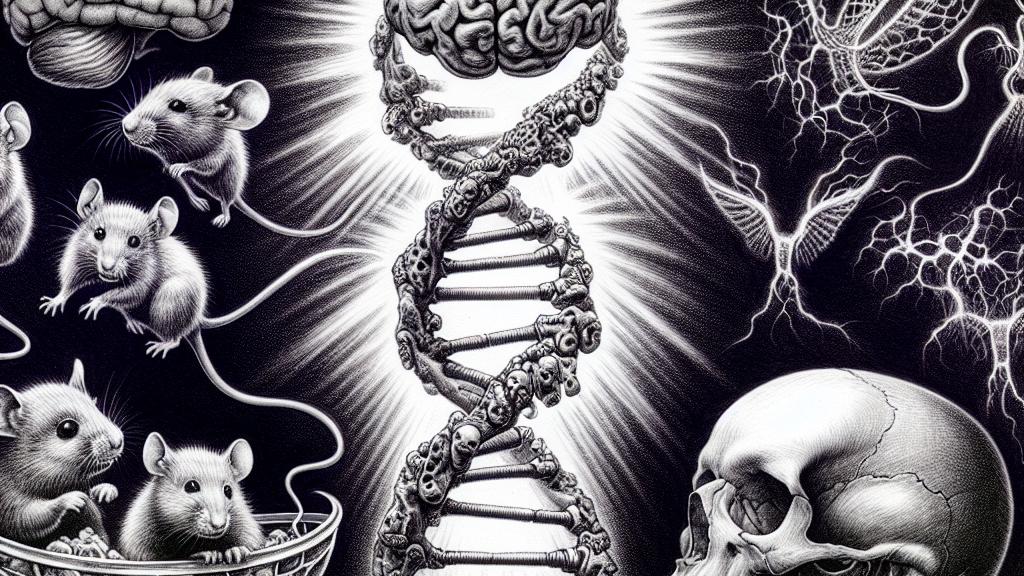How a Bone-Related Gene May Be Linked to Schizophrenia
Overview
- The Tbx1 gene, crucial for skull development, may unexpectedly influence schizophrenia.
- Groundbreaking research connects physical abnormalities in skulls to profound mental health outcomes.
- Exploring this link opens exciting new avenues for understanding and treating mental disorders.

An Unexpected Discovery in the U.S.
Picture this: scientists in the United States have made a startling discovery that could alter our understanding of schizophrenia, a mental health disorder often characterized by debilitating hallucinations and confounding delusions. At the heart of this revelation is a gene called Tbx1, which is primarily recognized for its role in shaping the skull. When researchers observed mice with mutations in the Tbx1 gene, they found pronounced skull deformities. These malformations turned out to hinder normal brain development, illuminating a profound and unexpected connection. How remarkable is it that a gene linked to bone structure could significantly influence mental health? This discovery serves as a reminder of the intricate relationships that exist within our biology.
Implications for Understanding Mental Health
What does this surprising link mean for our current understanding of mental health? Essentially, it suggests that the roots of schizophrenia might run deeper than we previously thought. Instead of focusing solely on neural pathways, we might need to consider how physical attributes like skull shape can affect brain function. Imagine the potential implications! For years, researchers have delved into the complexities of neurodevelopmental disorders, usually narrowing down their focus to the brain's inner workings. This new insight, however, shines a spotlight on physical traits that could play a crucial role in mental illnesses. By considering both the physical and neurological aspects, we can begin to form a more holistic view of mental health.
Insights from Recent Research
The recent study, published in December 2024 in Nature Communications, took a closer look at patients diagnosed with 22q11.2 deletion syndrome—an intriguing condition that significantly raises the likelihood of developing schizophrenia. The researchers conducted MRIs and were shocked to discover that these individuals exhibited skull and brain abnormalities strikingly similar to those seen in Tbx1 mutated mice. To frame this in perspective: while roughly 1 in 100 people in the general population may develop schizophrenia, the risk for those with this genetic anomaly can rocket to a staggering 30%. Such a stark contrast emphasizes the need for further investigation into how our physical genetics shape mental health outcomes. As we delve deeper into this compelling research, we may uncover novel strategies for prevention and treatment, thus paving the way for breakthroughs that redefine our approach to mental health care.

Loading...